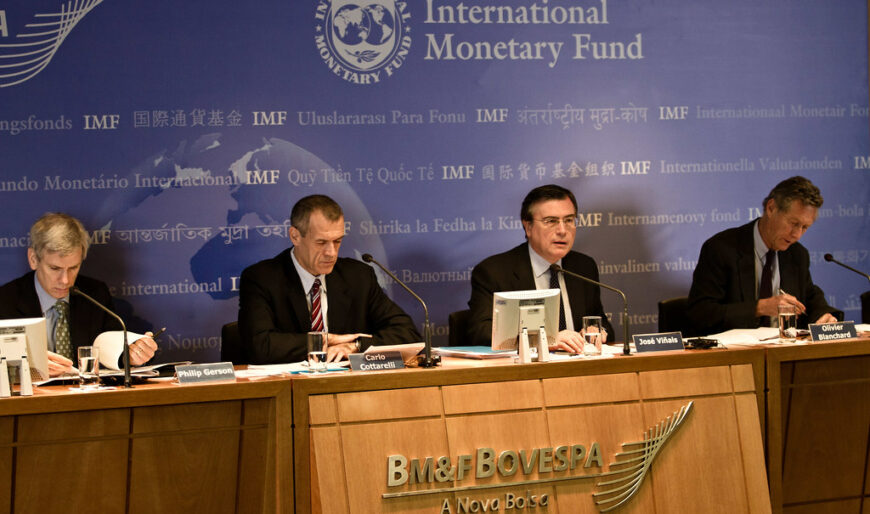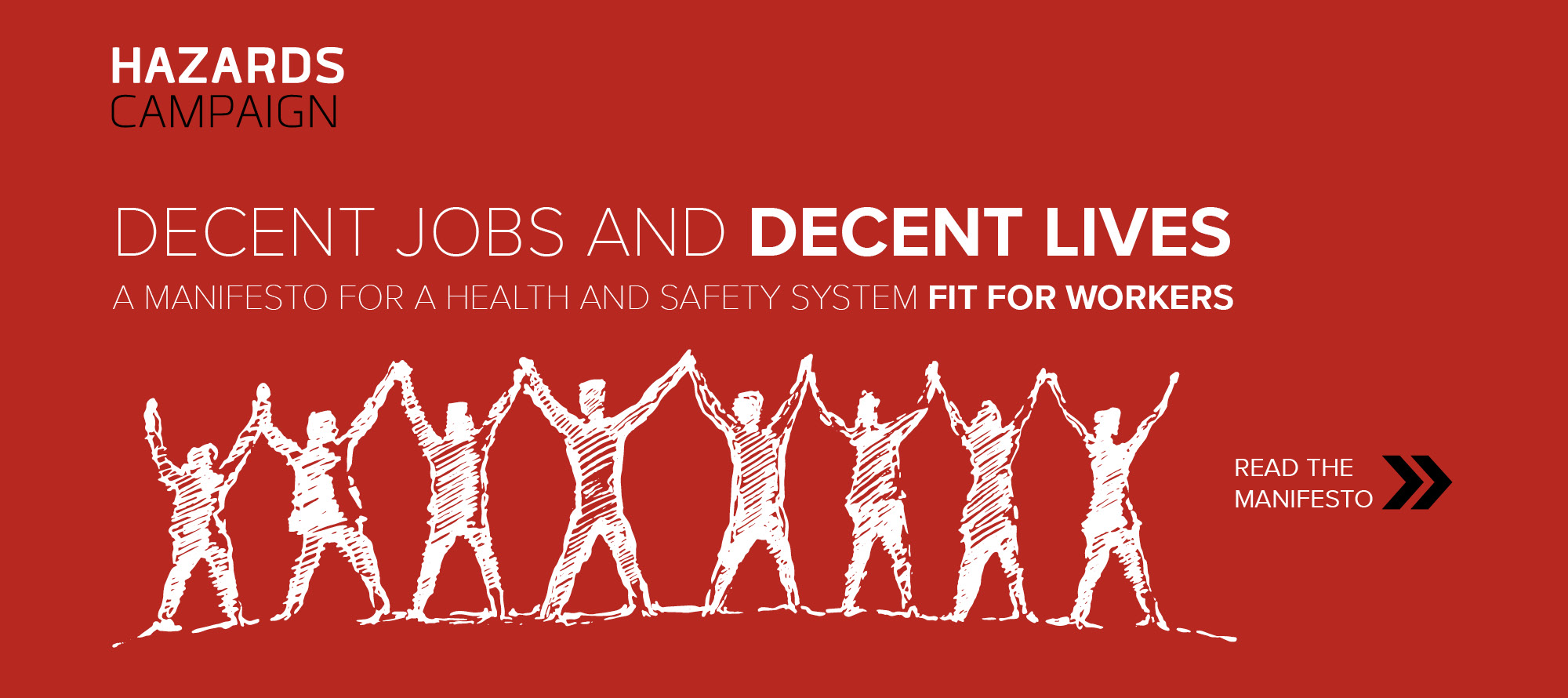Inflation price rises mostly reflect increases in profits, say the IMF
Profits accounted for 45 percent of price rises since the start of 2022 according to International Monetary Fund

Rising profits played a bigger role in driving Europe’s inflation crisis than the energy shock caused by the war in Ukraine, according to latest analysis by the International Monetary Fund (IMF).
Profit increases accounted for almost half the increase in the eurozone’s post-pandemic inflation rate, as “companies increased prices by more than spiking costs of imported energy”.
The research is likely to be seized on by trade unions as evidence of “greedflation” as the driver of spiralling costs as opposed to pay demands by their members.
Citing research by Isabella Weber at the University of Massachusetts on the IMF blog, the organisation stated:
“Rising corporate profits account for almost half the increase in Europe’s inflation over the past two years as companies increased prices by more than spiking costs of imported energy. Now that workers are pushing for pay rises to recoup lost purchasing power, companies may have to accept a smaller profit share if inflation is to remain on track to reach the European Central Bank’s 2-percent target in 2025, as projected in our most recent World Economic Outlook.
Inflation in the euro area peaked at 10.6 percent in October 2022 as import costs surged after Russia’s invasion of Ukraine and companies passed on more than this direct increase in costs to consumers. Inflation has since retreated to 6.1 percent in May, but core inflation—a more reliable measure of underlying price pressures—has proven more persistent. This is keeping the pressure on the ECB to add to recent interest-rate rises even though the euro area slipped into recession at the start of the year. Policymakers raised rates to a 22-year high of 3.5 percent in June.”
As the Chart of the Week shows, the higher inflation so far mainly reflects higher profits and import prices, with profits accounting for 45 percent of price rises since the start of 2022. That’s according to our new paper, which breaks down inflation, as measured by the consumption deflator, into labor costs, import costs, taxes, and profits. Import costs accounted for about 40 percent of inflation, while labor costs accounted for 25 percent. Taxes had a slightly deflationary impact.”
The European Central Bank has been talking in a similar vein over recent weeks. Outlining how the European Central Bank (ECB) plans to tackle inflation across the Eurozone, the Head of the ECB, Christine Lagarde, said she expected eurozone workers to claw back their earnings losses from inflation by the end of 2025. This would mean a 14% increase in wages over two years:
“During previous [financial] shocks in the euro area, firms had tended to absorb rising costs in profit margins, as slower growth made consumers less willing to tolerate price hikes. But the special conditions we experienced last year turned this regularity on its head.
The sheer scale of input cost growth made it harder for consumers to judge whether price hikes were caused by higher costs or higher profits, fuelling a faster and stronger pass-through.
At the same time, pent-up demand in reopening sectors, excess savings, expansionary [government] policies and supply restrictions brought on by bottlenecks gave firms more scope to test consumer demand with higher prices.”







